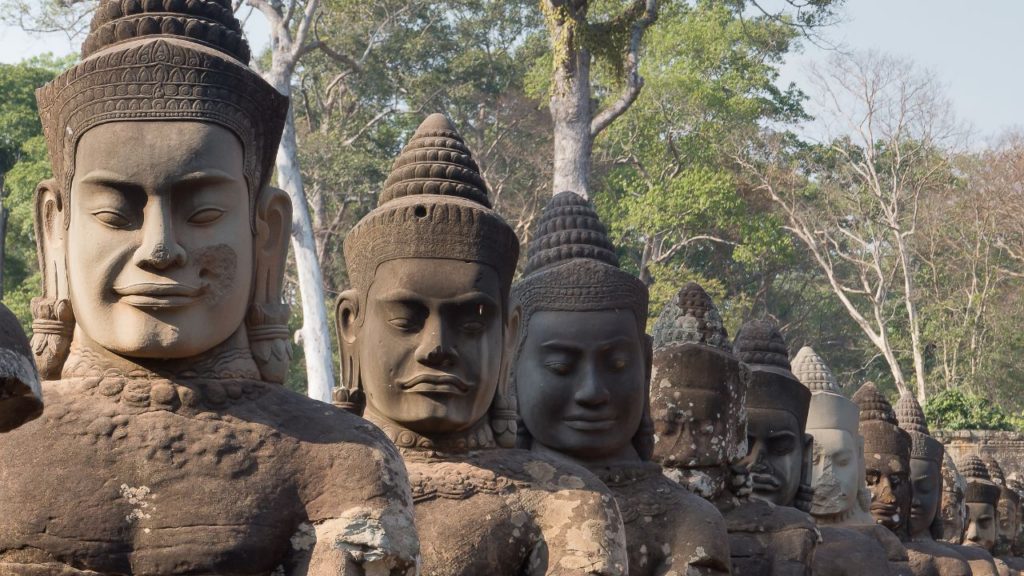Beginner’s guide to religious travel: 10 tips

Religious travel can be a deeply enriching and spiritually rewarding experience, offering a unique opportunity to explore sacred sites, learn about diverse cultures, and connect with people who share similar beliefs. Whether you are embarking on a pilgrimage or simply seeking a deeper understanding of various religions, here’s your beginner’s guide to religious travel.
1. Choose Your Destination.
Consider which religious tradition or site you are most interested in exploring. This could be a major world religion like Christianity, Islam, Buddhism, Hinduism, Judaism, or a less widely known belief system. Research various destinations associated with the religion of your interest to find the best fit for your journey.
2. Research and Understand the Beliefs.
Before you embark on your religious travel, it’s essential to familiarize yourself with the beliefs, customs, and traditions of the religion you’re exploring. Understanding the basics will help you approach your visit with respect and sensitivity.
3. Respect Local Customs.
When visiting religious sites, dress modestly and adhere to any specific dress codes or customs. Some places may require covering your head, removing shoes, or refraining from taking photographs. Respect the sanctity of the place and the practices observed by the local community.
4. Plan Your Trip Carefully.
Religious sites may have specific visiting hours or days, and some places might be more crowded during festivals or special events. Research the best time to visit your chosen destination and plan your trip accordingly. Make sure to book accommodation and transportation in advance.
5. Consider Joining a Tour or Group.
If you’re new to religious travel, joining a guided tour or group can be beneficial. Tour guides can provide valuable insights into the history and significance of the site, and you’ll have the opportunity to meet like-minded travelers.
6. Stay Open-Minded.
Approach your religious travel experience with an open mind and a willingness to learn. Be respectful of different beliefs, even if they differ from your own. Engage in conversations with locals and fellow travelers to gain a broader perspective.
7. Be Mindful of Photography and Media.
While taking photographs can be a great way to capture memories, be sensitive to the rules and guidelines surrounding photography at religious sites. Some places may prohibit photography altogether, while others may have restrictions on certain areas.
8. Engage in Local Practices.
If appropriate, participate in local customs or religious practices. This may include attending a prayer ceremony, meditation session, or other rituals that welcome visitors. However, always seek permission before joining in, and be aware of any specific guidelines.
9. Stay Safe and Be Responsible.
Just like any other travel experience, ensure your safety during religious travel. Stay informed about local conditions, follow travel advisories, and take necessary precautions. Respect the environment and local communities and avoid any actions that could harm the sanctity of the site or offend locals.
10. Embrace the Journey.
Religious travel can be a transformative experience, offering insights into different worldviews and fostering a sense of interconnectedness. Embrace the journey with an open heart and allow the experience to inspire personal growth and spiritual reflection.
Remember, religious travel is not solely about checking off destinations on a list; it’s about connecting with the divine, exploring new cultures, and fostering a deeper understanding of humanity’s spiritual diversity. Enjoy the journey, and may it bring you closer to the essence of your own beliefs and the beliefs of others.



